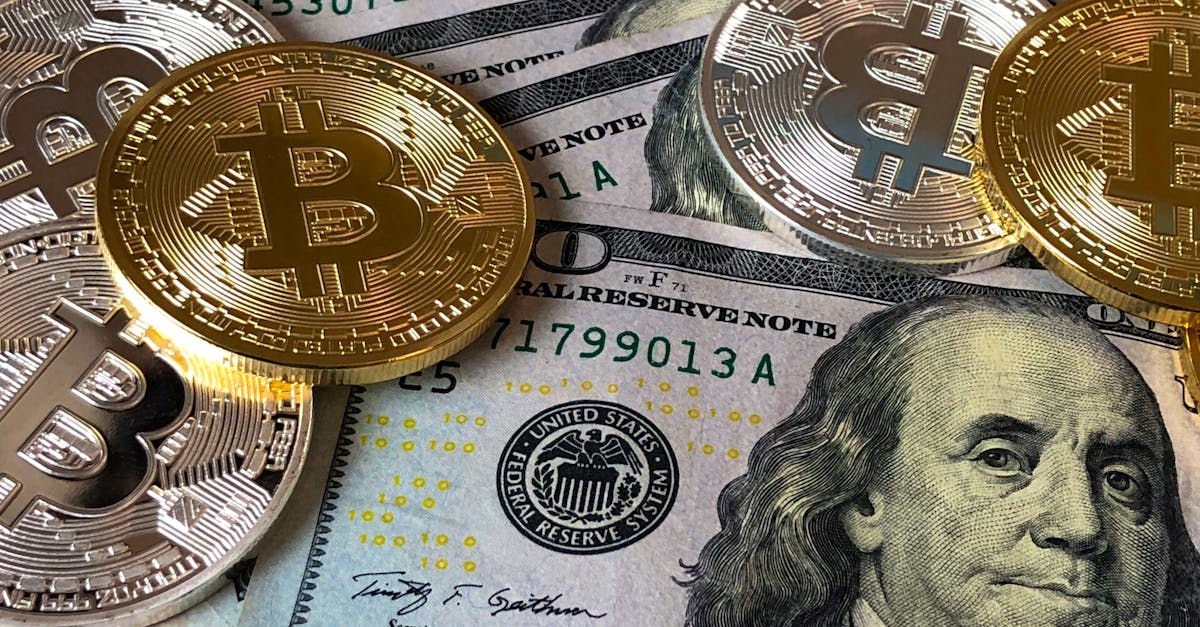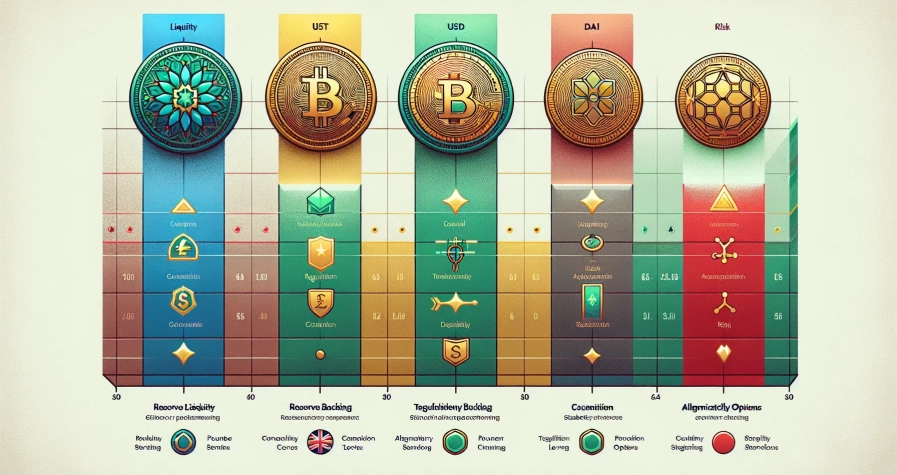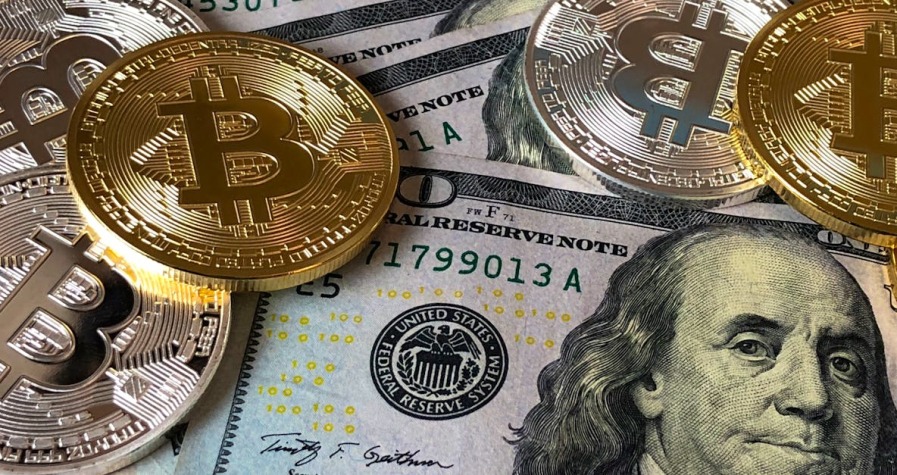Sending cryptocurrency might seem straightforward, but one wrong move could cost you dearly. Unlike traditional bank transfers, crypto transactions are irreversible – there’s no customer service hotline to call if you accidentally send Bitcoin to the wrong address or forget to include sufficient network fees.
The digital currency landscape is littered with horror stories of investors losing thousands through simple mistakes. From copying incomplete wallet addresses to sending tokens on incompatible networks, these errors happen more frequently than you’d expect. Even experienced traders occasionally fall victim to costly oversights.
Prevention is your best defence. By understanding common pitfalls and implementing proper verification steps, you’ll protect your digital assets whilst building confidence in your crypto transactions. The strategies we’ll explore can save you from expensive mistakes and ensure your cryptocurrency reaches its intended destination safely every time.
Understanding Common Crypto Transfer Mistakes
Crypto transfer errors typically stem from three fundamental areas that create the most financial losses for users. These mistakes account for approximately 90% of all irreversible cryptocurrency transaction failures.
Wrong Wallet Addresses
Sending cryptocurrency to an incorrect wallet address represents the most frequent and costly error in digital asset transfers. You lose access to your funds permanently when transactions reach unintended recipients or invalid addresses.
Address format mismatches occur when you copy Bitcoin addresses for Ethereum transactions or vice versa. Bitcoin addresses begin with 1, 3, or bc1, whilst Ethereum addresses start with 0x followed by 40 hexadecimal characters.
Clipboard hijacking malware replaces copied wallet addresses with attacker-controlled addresses without your knowledge. This sophisticated attack method affects thousands of users monthly and results in immediate fund theft upon transaction confirmation.
Manual typing errors create the highest risk during address entry. A single incorrect character in a 26-42 character wallet address string renders your transaction irretrievable.
Network Compatibility Issues
Blockchain network incompatibility creates significant barriers that prevent successful crypto transfers between different ecosystems. You must match the sending and receiving networks exactly to avoid permanent fund loss.
Cross-chain transfer errors happen when you send tokens designed for one blockchain to addresses on incompatible networks. Sending ERC-20 tokens to Bitcoin addresses or BEP-20 tokens to Ethereum addresses results in immediate asset forfeiture.
Wrapped token confusion emerges from multiple versions of the same cryptocurrency existing across different networks. USDT operates on Ethereum, Tron, Binance Smart Chain, and Polygon networks with identical symbols but incompatible protocols.
Layer 2 solution mistakes occur when you transfer funds between mainnet and scaling solutions like Polygon or Arbitrum without proper bridging mechanisms.
Insufficient Gas Fees
Gas fee calculations determine transaction processing speed and completion success across most blockchain networks. You risk transaction failure or indefinite pending status when fee amounts fall below network requirements.
Network congestion pricing fluctuates dramatically during peak usage periods. Ethereum gas fees can increase from £5 to £200 within hours during high-demand situations like NFT launches or DeFi protocol updates.
Priority fee miscalculations cause transactions to remain unconfirmed for extended periods. Setting gas prices below network minimums results in miners or validators ignoring your transaction requests.
Smart contract interaction costs require higher gas limits than simple token transfers. Complex DeFi operations can consume 10-20 times more gas than basic send transactions, leading to failed executions when you underestimate requirements.
Double-Checking Before You Send
You can prevent most crypto transaction errors by implementing systematic verification checks before confirming any transfer. These pre-transaction safeguards significantly reduce the risk of permanent fund loss and ensure your cryptocurrency reaches its intended destination.
Verifying Recipient Details
You must examine every character of the recipient’s wallet address to ensure accuracy since blockchain transactions cannot be reversed. Check that the address format matches the specific cryptocurrency you’re sending and confirm the recipient’s wallet supports that particular digital asset.
Copy and paste addresses directly rather than typing them manually to eliminate transcription errors. Many exchanges and wallets provide address book features that store frequently used addresses, reducing the likelihood of mistakes. QR code scanning offers another reliable method for address input, as it eliminates human error entirely.
Verify the address corresponds to the correct blockchain network before proceeding. Bitcoin addresses differ significantly from Ethereum addresses in format and structure, making cross-verification essential for successful transfers.
Testing with Small Amounts
You can minimise potential losses by sending a small test transaction first, particularly for larger transfers or when using new recipient addresses. This practice allows you to confirm the funds reach the intended destination before committing the full amount.
Test transactions typically cost between £1-10 in cryptocurrency, representing minimal expense compared to losing substantial sums through addressing errors. Wait for the test transaction to receive confirmation before sending the remaining balance.
Document successful test transactions in your records, including the recipient address and network used. This information becomes valuable for future transfers to the same recipient and reduces verification time for subsequent transactions.
Confirming Network Selection
You must ensure the sending network matches the recipient’s supported network to prevent irreversible fund loss. Ethereum-based tokens sent on Binance Smart Chain cannot reach Ethereum wallets, even if the address format appears identical.
Check that your wallet displays the correct network symbol and name before initiating transfers. Popular networks include Ethereum (ETH), Binance Smart Chain (BSC), Polygon (MATIC), and Arbitrum, each requiring specific network selection.
Contact the recipient directly to confirm their supported networks if uncertainty exists. Many centralised exchanges support multiple networks for the same cryptocurrency, but wallet addresses remain network-specific despite appearing similar across different blockchains.
Essential Security Practices
Implementing robust security measures protects your cryptocurrency investments from theft and loss. These practices create multiple layers of protection that significantly reduce your risk exposure when handling digital assets.
Using Trusted Wallets
Selecting the appropriate wallet type depends on your investment size and security requirements. Use mobile wallets for amounts under £1,000, desktop wallets for £1,000-£10,000, and hardware wallets for investments exceeding £10,000 to scale protection appropriately.
Choose established wallet providers with proven security records rather than unknown alternatives. Reputable wallets implement robust encryption protocols and undergo regular security audits to protect your assets.
Prioritise cold storage or hardware wallets for long-term holdings. These devices store your private keys offline, eliminating internet-based hacking risks and providing maximum security for substantial investments.
Avoiding Public Wi-Fi
Never access your crypto wallets or execute transactions using public Wi-Fi networks. These unsecured connections expose your data to hackers who can intercept sensitive information including private keys and transaction details.
Use private, secure internet connections for all cryptocurrency activities. If you must work remotely, employ a reliable VPN service to encrypt your network traffic and protect your digital asset transactions.
Verify your connection security before accessing wallet applications. Public networks in cafes, hotels, and airports present significant security vulnerabilities that can compromise your crypto holdings.
Keeping Private Keys Safe
Store your private keys and seed phrases offline using physical methods only. Write recovery phrases on paper or engrave them onto durable metal cards to protect against fire and moisture damage.
Create multiple backup copies of your seed phrases and store them in separate secure locations such as safes or bank safety deposit boxes. This redundancy prevents permanent loss of access if one storage location becomes compromised.
Never save seed phrases digitally or share them with anyone. Legitimate cryptocurrency services never request your private keys or seed phrases, so treat any such requests as potential scams.
Enable two-factor authentication on all crypto-related accounts using apps like Google Authenticator. This additional security layer protects your accounts even if your passwords become compromised.
Managing Transaction Fees Effectively
Transaction fee management represents a critical component of successful cryptocurrency transfers. Proper fee estimation and optimisation prevent overpaying whilst ensuring your transactions process reliably.
Understanding Gas Prices
Gas prices fluctuate based on network congestion levels and determine the cost of processing blockchain transactions. Ethereum and similar networks calculate fees using gas units multiplied by the current gas price measured in gwei (one billionth of an ETH).
Network congestion directly impacts gas prices – higher demand creates increased fees whilst low activity periods offer reduced costs. Setting fees too low results in delayed or failed transactions during busy periods. Conversely, excessive fees waste your cryptocurrency without providing additional benefits.
You can monitor real-time gas prices using tools like Etherscan Gas Tracker or built-in wallet estimators such as MetaMask’s fee calculator. These platforms display current network conditions and recommend appropriate fee levels:
| Fee Level | Transaction Speed | Best Used For |
|---|---|---|
| Standard | 2-5 minutes | Regular transfers |
| Fast | 1-2 minutes | Time-sensitive transactions |
| Instant | Under 30 seconds | Urgent trading operations |
Timing Your Transactions
Strategic transaction timing significantly reduces gas fees by avoiding peak network congestion periods. Business hours in the US and Europe typically generate the highest network activity and corresponding fee spikes.
Late-night and early-morning UTC hours generally offer the lowest gas prices as fewer users compete for network resources. Weekend periods, particularly Saturday and Sunday mornings, often present optimal fee conditions for non-urgent transactions.
Historical gas price data reveals patterns you can exploit:
- Peak fees occur between 13:00-21:00 UTC on weekdays
- Lowest fees happen between 02:00-08:00 UTC
- Weekend mornings consistently show reduced network activity
Batch processing multiple transactions during low-fee periods maximises cost efficiency. Planning your cryptocurrency transfers around these patterns saves substantial amounts on gas fees over time whilst maintaining transaction reliability.
What to Do If Something Goes Wrong
Transaction errors don’t mean your cryptocurrency is permanently lost. Quick action and systematic troubleshooting often resolve most issues within hours or days.
Tracking Your Transaction
Check your transaction status immediately using blockchain explorers before taking any other action. Input your transaction hash or wallet address into the relevant explorer – Etherscan for Ethereum transactions, BscScan for Binance Smart Chain, or Solscan for Solana networks.
These blockchain explorers display critical information about your transaction:
- Confirmation status – whether your transaction is pending, confirmed, or failed
- Block number – the specific block containing your transaction
- Gas fees paid – the actual network fees deducted from your wallet
- Transaction timestamp – precise timing of when the network processed your transfer
Verify your transaction isn’t stuck in your wallet’s internal queue by checking if the transaction appears on the blockchain explorer. Some wallets display “pending” status for transactions that haven’t actually broadcast to the network yet.
Monitor your transaction for 24-48 hours if it shows as pending on the blockchain. Network congestion can delay confirmations, particularly during high-traffic periods when gas prices spike above 50 gwei on Ethereum or equivalent thresholds on other networks.
Document your transaction hash, sending address, receiving address, and timestamp immediately. This information becomes essential if you need to contact support services or investigate technical issues further.
Contacting Support Services
Contact your wallet provider or exchange customer support immediately if blockchain explorer verification doesn’t resolve your issue. Prepare comprehensive transaction details before submitting your support request to expedite resolution.
Include these specific details in your support communication:
- Transaction hash – the unique identifier for your specific transaction
- Wallet addresses – both sending and receiving addresses involved
- Cryptocurrency type and amount – exact token name and quantity transferred
- Network used – specify whether you used Ethereum mainnet, Polygon, or other networks
- Timestamp – precise date and time when you initiated the transaction
Attach screenshots of your transaction history, error messages, and blockchain explorer results. Visual documentation helps support teams identify technical issues faster than text descriptions alone.
Report suspicious activity through official channels if you suspect fraud or malicious interference. Most reputable exchanges and wallet providers maintain dedicated security teams that investigate unauthorised transactions and account breaches.
Contact regulatory authorities or law enforcement when dealing with significant fund losses exceeding £10,000 or confirmed fraudulent activity. The Financial Conduct Authority (FCA) in the UK maintains reporting mechanisms for cryptocurrency-related financial crimes and can coordinate with international agencies when necessary.
Conclusion
Successfully sending cryptocurrency requires attention to detail and systematic verification processes. By implementing the security practices and verification steps outlined above you’ll significantly reduce your risk of costly transaction errors.
Remember that prevention is always better than attempting recovery after something goes wrong. Take your time with each transaction verify all details twice and don’t hesitate to send small test amounts when dealing with new addresses or networks.
Your cryptocurrency investments deserve the same careful attention you’d give to any valuable asset. With proper preparation and the right security measures in place you can confidently navigate the crypto landscape while keeping your digital assets safe.
Frequently Asked Questions
What makes cryptocurrency transactions so risky compared to traditional banking?
Cryptocurrency transactions are irreversible once confirmed on the blockchain, unlike traditional bank transfers which can often be cancelled or reversed. This permanency means that sending funds to wrong addresses, using incompatible networks, or making other mistakes can result in immediate and total loss of your digital assets with no possibility of recovery.
What are the most common causes of failed crypto transactions?
The three main causes accounting for approximately 90% of crypto transaction failures are: sending to wrong wallet addresses, network compatibility issues between different blockchains, and insufficient gas fees. Wrong wallet addresses represent the most frequent and costly error, often resulting in permanent fund loss.
How can I verify I’m sending crypto to the correct address?
Always use copy-and-paste or QR code scanning rather than manual typing. Double-check that the address format matches the intended blockchain network. Send a small test transaction first to confirm the funds reach the correct destination before transferring larger amounts. Document successful test transactions for future reference.
Why do my crypto transactions sometimes fail or get stuck?
Transaction failures typically occur due to insufficient gas fees, network congestion, or compatibility issues between different blockchain networks. During busy periods, low gas fees can cause transactions to remain pending indefinitely or fail entirely. Always check current network conditions and set appropriate gas fees.
Which type of crypto wallet should I use for different investment amounts?
For amounts under £1,000, mobile wallets offer sufficient security and convenience. For £1,000-£10,000, desktop wallets provide better security features. For investments exceeding £10,000, hardware wallets offer the highest security level. Always choose established wallet providers with proven security records and prioritise cold storage for long-term holdings.
When are the best times to make crypto transactions to save on fees?
Gas fees are typically lowest during late-night and early-morning UTC hours when network congestion is minimal. Avoid peak periods when network activity is high. Monitor real-time gas prices using tools like Etherscan Gas Tracker or MetaMask’s fee calculator, and consider batching multiple transactions during low-fee periods.
What should I do if my crypto transaction goes wrong?
First, check your transaction status using blockchain explorers and monitor for any pending transactions. Document all transaction details including hash, addresses, and amounts. If issues persist, contact your wallet provider or exchange with comprehensive transaction information. For significant losses or suspected fraud, report to relevant regulatory authorities.
How can I protect my cryptocurrency from theft and hackers?
Never use public Wi-Fi for crypto transactions. Keep private keys and seed phrases offline with multiple secure backup copies. Never save seed phrases digitally or share them with anyone. Enable two-factor authentication on all crypto-related accounts. Use trusted, established wallet providers and maintain good digital security hygiene.








